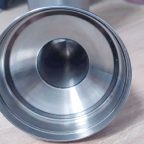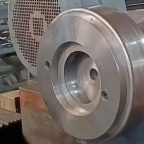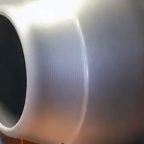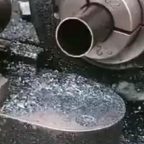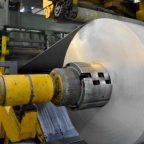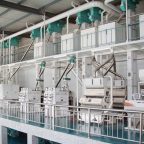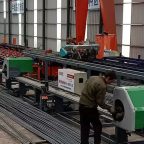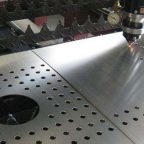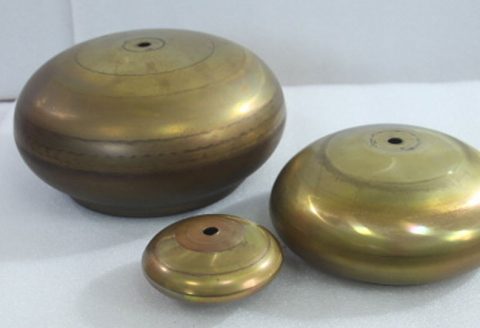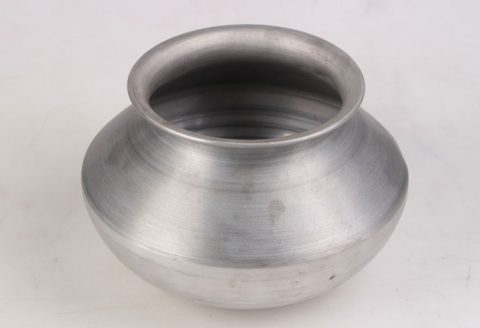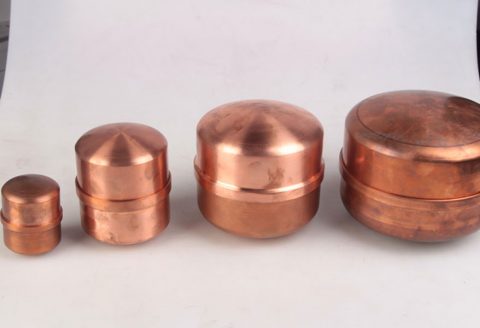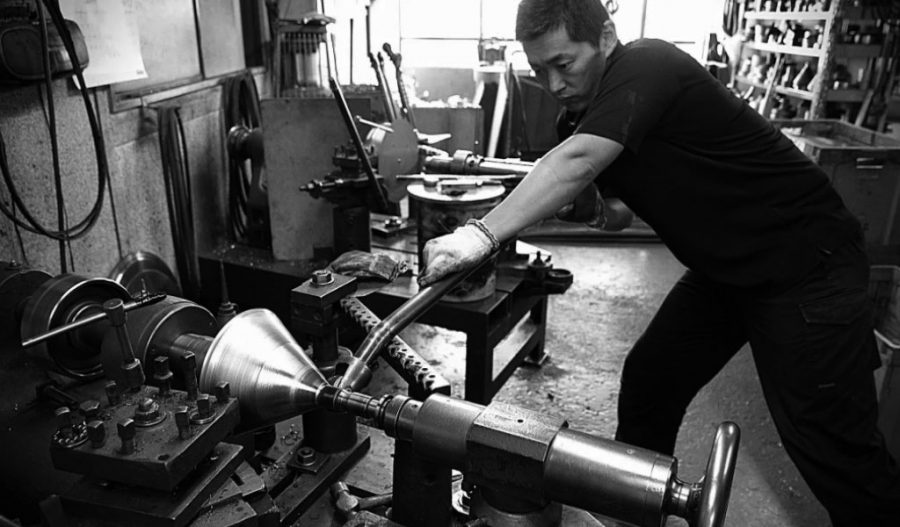
Metal spinning, often referred to as “spin forming” or “metal turning,” is a metalworking process that has been practiced for thousands of years. This intricate craft involves shaping a flat metal disc or tube over a rotating form, known as a mandrel or chuck, to produce symmetrical and hollow objects. From ancient civilizations to the modern industrial age, metal spinning has evolved significantly, adapting to new technologies and applications. In this comprehensive article, we will delve deep into the rich history of metal spinning, tracing its origins, development, and transformation over time.
Ancient Beginnings
The roots of metal spinning can be traced back to ancient civilizations where metals like gold, silver, and copper were first used for decorative and functional purposes. The earliest evidence of metal spinning dates back to ancient Egypt, where artisans crafted intricate vessels and ornaments using primitive spinning techniques.
In ancient Mesopotamia, metalworkers began to experiment with bronze, a more durable and malleable alloy made from copper and tin. The development of bronze marked a significant advancement in metal spinning, allowing artisans to create larger and more complex objects. Bronze bowls, vases, and ceremonial objects from this period showcase the early mastery of metal spinning techniques.
Medieval Europe and the Renaissance
As Europe entered the Middle Ages, metal spinning continued to flourish, with guilds and workshops specializing in the craft emerging across the continent. Skilled artisans, known as “turners,” honed their skills and passed down their knowledge through apprenticeships, ensuring the continuity and refinement of metal spinning techniques.
During the Renaissance, there was a renewed interest in classical art and craftsmanship. Metal spinners began to experiment with new materials and techniques, pushing the boundaries of what was possible. The period saw the development of specialized tools and equipment, such as lathes and mandrels, which further enhanced the precision and complexity of metal spinning.
Industrial Revolution and Technological Advancements
The Industrial Revolution marked a turning point in the history of metal spinning. With the advent of steam power and mechanized production, metal spinning transitioned from a manual craft to an industrial process. Factories equipped with steam-powered lathes and presses began mass-producing metal parts and components, revolutionizing industries such as automotive, aerospace, and manufacturing.
During this period, innovations in metallurgy and engineering led to the development of new alloys and materials that were better suited for metal spinning. Steel, aluminum, and titanium became popular choices for spin forming, offering improved strength, durability, and versatility.
20th Century and Modern Metal Spinning
The 20th century witnessed further advancements in metal spinning technology and techniques. The introduction of computer-aided design (CAD) and computer-aided manufacturing (CAM) systems revolutionized the industry, allowing for greater precision, efficiency, and customization.
Automated spinning machines and CNC lathes became commonplace in modern metal spinning workshops, enabling manufacturers to produce complex and intricate shapes with ease. These technological advancements expanded the scope of metal spinning, making it an essential process in a wide range of industries, from aerospace and automotive to architecture and art.
Today, metal spinning continues to evolve, with new materials, technologies, and applications constantly emerging. From traditional hand-spinning techniques to high-tech CNC machining, the craft of metal spinning remains a blend of art and science, combining skill, creativity, and innovation.
Applications and Industries
Metal spinning has found its way into virtually every industry, playing a crucial role in the production of a diverse range of products and components. In the automotive sector, metal spinners produce exhaust systems, wheel covers, and decorative trims. In aerospace, spin-formed components are used in aircraft engines, turbines, and structural parts. The construction industry relies on metal spinning for architectural features, lighting fixtures, and signage. Even the world of art and design has embraced metal spinning, with artists and sculptors using the technique to create unique and innovative works of art.
Conclusion
The history of metal spinning is a testament to the ingenuity, creativity, and perseverance of mankind. From its humble beginnings in ancient civilizations to its integral role in the modern industrial age, metal spinning has evolved and adapted to the changing times, always pushing the boundaries of what is possible.
As we look to the future, it is clear that metal spinning will continue to play a vital role in shaping our world. With ongoing advancements in technology, materials, and techniques, the possibilities for innovation and exploration are endless. Whether it’s pushing the limits of material science or creating breathtaking works of art, the craft of metal spinning will continue to inspire and captivate us for generations to come.
In conclusion, the history of metal spinning is a fascinating journey through time, highlighting the enduring appeal and versatility of this ancient craft. As we celebrate its rich heritage and look forward to its promising future, one thing is certain – metal spinning will always remain an essential part of our world, bridging the gap between tradition and innovation, craftsmanship and technology.
Maximize Tooling and CNC Metal Spinning Capabilities.
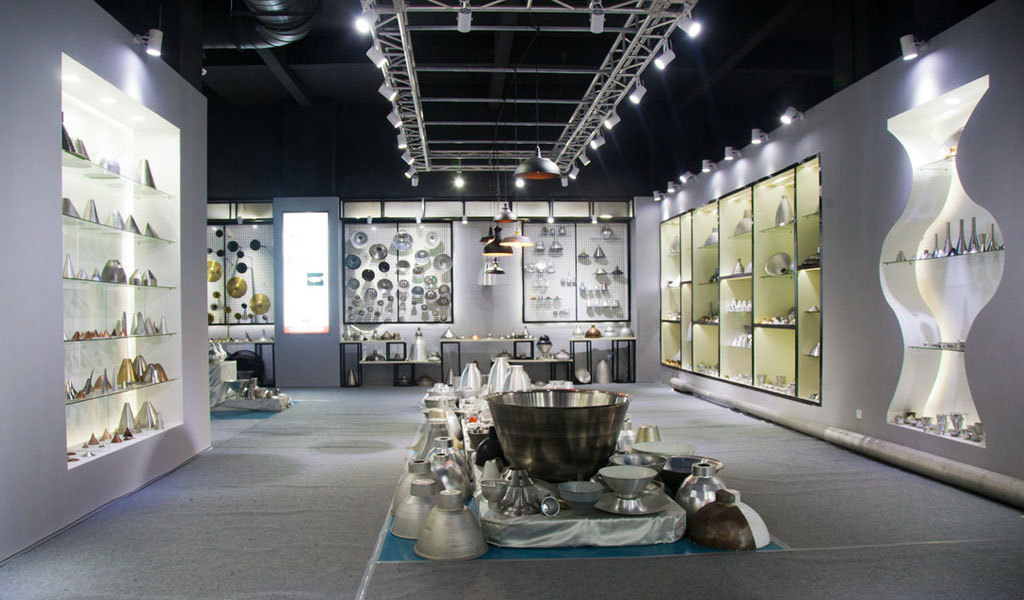
At BE-CU China Metal Spinning company, we make the most of our equipment while monitoring signs of excess wear and stress. In addition, we look into newer, modern equipment and invest in those that can support or increase our manufacturing capabilities. Our team is very mindful of our machines and tools, so we also routinely maintain them to ensure they don’t negatively impact your part’s quality and productivity.
Talk to us today about making a rapid prototype with our CNC metal spinning service. Get a direct quote by chatting with us here or request a free project review.
BE-CU China CNC Metal Spinning service include : CNC Metal Spinning,Metal Spinning Die,Laser Cutting, Tank Heads Spinning,Metal Hemispheres Spinning,Metal Cones Spinning,Metal Dish-Shaped Spinning,Metal Trumpet Spinning,Metal Venturi Spinning,Aluminum Spinning Products,Stainless Steel Spinning Products,Copper Spinning Products,Brass Spinning Products,Steel Spinning Product,Metal Spinnin LED Reflector,Metal Spinning Pressure Vessel,
